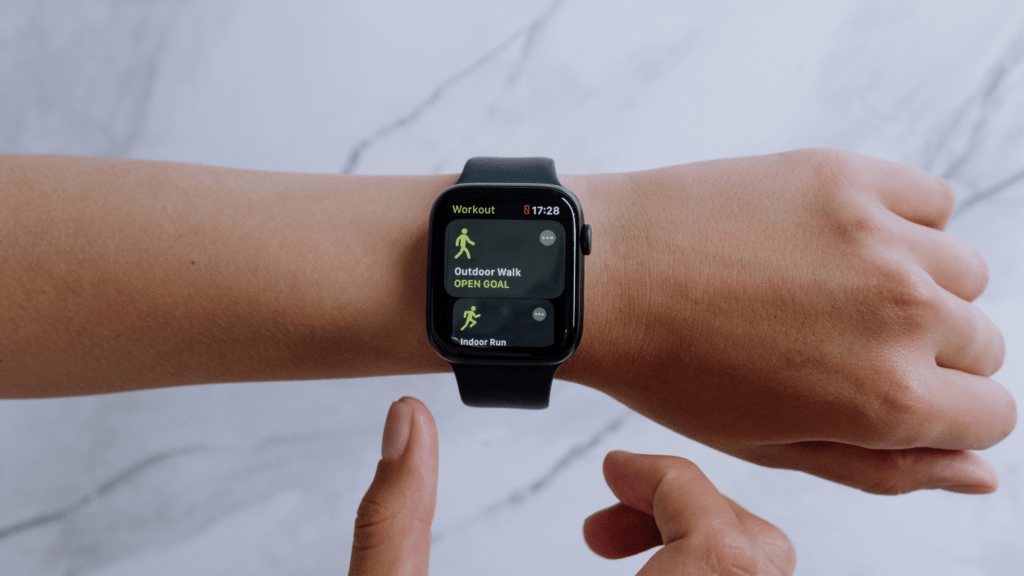Understanding Wearable Tech in Sports
Wearable tech in sports revolves around devices designed to monitor and enhance athletic performance. These devices, like GPS watches and heart rate monitors, collect data on an athlete’s movements, biometrics, and physiological responses during training and competitions. By integrating sensors and advanced algorithms, they provide insights into metrics such as speed, distance, heart rate, and caloric expenditure.
Athletes benefit from wearable tech with real-time feedback, enabling them to adjust and optimize performance instantaneously. Access to historical data helps stakeholders, including coaches and physiologists, tailor training programs to individual needs, based on objective statistics rather than guesswork. Data analytics derived from wearables support injury prevention by identifying patterns that precede injuries.
Wearables intersect with sports tech trends through connectivity features that sync data across platforms, offering seamless analysis for teams and athletes. For example, using cloud services, performance metrics can be accessed by a remote coach, allowing for constant monitoring and adjustment. As wearables evolve, their integration into standard training practices continues to deepen, underlining their role in performance enhancement and sports data collection.
Key Benefits of Wearable Technology
Wearable technology reshapes sports by transforming performance tracking and data collection. This technology provides athletes and coaches with actionable insights to enhance training.
Enhanced Performance Metrics
Wearables deliver precise performance metrics like:
- heart rate
- speed
- distance
Smartwatches and GPS devices track these metrics, offering athletes detailed analytics. Understanding these metrics helps athletes identify strengths, weaknesses, and areas for improvement.
Injury Prevention
Data from wearables plays a crucial role in injury prevention. Devices detect early signs of fatigue or stress by monitoring physiological patterns, making it possible to adjust training regimens. Through advanced tracking, athletes can mitigate risks, reducing injury occurrence.
Real-Time Data Analysis
Real-time analysis is a hallmark of wearable tech. Devices provide instant feedback on performance through mobile apps and connected platforms. This immediate data access allows athletes to make on-the-fly adjustments, optimizing performance and strategy during training or competition.
Popular Wearable Devices in Sports

Wearable tech has revolutionized sports by providing precise data collection and performance tracking tools. Various devices cater to different needs, enhancing training and performance.
Fitness Trackers
- Fitness trackers, like the Fitbit Charge and Garmin Vivosmart, offer comprehensive data on physical activities.
- These devices track steps, calories burned, and heart rate, helping athletes monitor daily progress.
- In sports, this data is invaluable for evaluating endurance and making informed decisions about training intensity.
Smart Clothing
- Smart clothing integrates sensors into fabrics, allowing for advanced data tracking.
- Brands like Sensoria and Athos monitor muscle activity, breathing rate, and heart rate through garments.
- This technology provides a deeper understanding of physiological changes during exercise, aiding in injury prevention and maximizing athletic output.
GPS Watches
- GPS watches, such as the Garmin Forerunner and Suunto Ambit, deliver precise location and distance metrics.
- These devices track speed, elevation, and route details, offering essential feedback for runners, cyclists, and outdoor athletes.
- GPS watches optimize training by allowing athletes to assess performance in real-time and make strategic improvements.
Challenges and Limitations
Wearable technology in sports presents several challenges, despite its numerous advantages.
Data Privacy Concerns
Athletes using wearable tech often face data privacy issues. Devices collect extensive personal information, like heart rate and location, raising concerns about data misuse. Unauthorized access or sharing could expose sensitive data or result in exploitation. Ensuring robust security measures and clear data usage policies is essential to protect athlete privacy.
Accuracy of Data
Data accuracy from wearables remains a significant challenge. Environmental factors, like temperature changes or signal interference, might affect results, compromising reliability. Inconsistent measurements, such as incorrect step counts or heart rate readings, can mislead training decisions. Calibration and algorithm improvements are necessary for consistent data precision.




